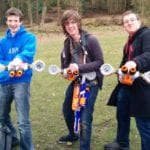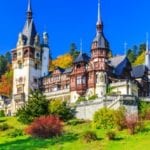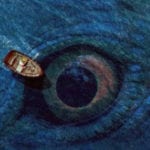 Mysteries
Mysteries  Mysteries
Mysteries  Miscellaneous
Miscellaneous 10 of History’s Most Bell-Ringing Finishing Moves
 History
History 10 Great Escapes That Ended Right Back in Captivity
 Weird Stuff
Weird Stuff 10 Fascinating Things You Might Not Know About Spiders
 Food
Food 10 Everyday Foods You Didn’t Know Were Invented by the U.S. Military
 History
History 10 Odd Things Colonial Americans Kept at Home
 Weird Stuff
Weird Stuff 10 Superstitious Beliefs That Once Consumed Entire Cultures
 History
History 10 Bizarre Friendly Fire Incidents in Military History
 Technology
Technology 10 Modern Technologies That Accidentally Imitate Ancient Magic
 Mysteries
Mysteries 10 Mysteries of the Human Genome
 Mysteries
Mysteries 10 Strange Unexplained Mysteries of 2025
 Miscellaneous
Miscellaneous 10 of History’s Most Bell-Ringing Finishing Moves
 History
History 10 Great Escapes That Ended Right Back in Captivity
Who's Behind Listverse?

Jamie Frater
Head Editor
Jamie founded Listverse due to an insatiable desire to share fascinating, obscure, and bizarre facts. He has been a guest speaker on numerous national radio and television stations and is a five time published author.
More About Us Weird Stuff
Weird Stuff 10 Fascinating Things You Might Not Know About Spiders
 Food
Food 10 Everyday Foods You Didn’t Know Were Invented by the U.S. Military
 History
History 10 Odd Things Colonial Americans Kept at Home
 Weird Stuff
Weird Stuff 10 Superstitious Beliefs That Once Consumed Entire Cultures
 History
History 10 Bizarre Friendly Fire Incidents in Military History
 Technology
Technology 10 Modern Technologies That Accidentally Imitate Ancient Magic
 Mysteries
Mysteries 10 Mysteries of the Human Genome
10 Secret Countries You’ve Probably Never Heard Of
Setting up a country is a tricky business. You can have your own army, passports, territory, head of state, and legal system and still not count as a real nation. Just ask Kosovo, which remains part of Serbia in the eyes of nearly half the world, or Somaliland, which is recognized by literally nobody despite having a strong legal case for statehood.
These are just the big names, the ones that get into the news. Step behind the headlines, and you’ll uncover a whole host of nations-in-waiting, crying out for recognition. Some exist very far away. Others are closer to home than you might think.
SEE ALSO: Top 10 Countries With Bizarre Obsessions
10The Republic Of Lakotah

Imagine you could visit a brand new foreign nation in North America. A country the size of Syria, where non-European languages are spoken; an ancient land that has been home to a proud people for centuries. Well, we’ve got news for you. Lakotah is real and you can find it in the Midwest.
Stretching over 1,600 kilometers (1,000 mi) across Montana, Nebraska, Wyoming, North Dakota, and South Dakota, Lakotah is the ancient tribal homeland of the Lakota Sioux, who considered the Black Hills sacred. Back in the day, the US government agreed. In 1868, the tribe signed a deal with Washington that gave it the right to the territory.
That Montanans aren’t now all speaking Sioux is down to the Gold Rush. Faced with an onslaught of prospectors rushing into the Black Hills, the government quietly forgot all about its own treaty and let the Lakota get kicked off their land. Reviewing the evidence in 1998, the Supreme Court declared “a more ripe and rank case of dishonest dealings may never be found in our history.”
Although the Court offered the Lakota $600 million in compensation, they rejected the money and instead announced they would unilaterally withdraw from the United States. In 2007, the tribe made a formal petition to Washington, asking for its reservations to be joined into a sovereign nation. As of 2015, the Lakota still consider themselves an independent state and are fighting to be recognized internationally.
9Balochistan
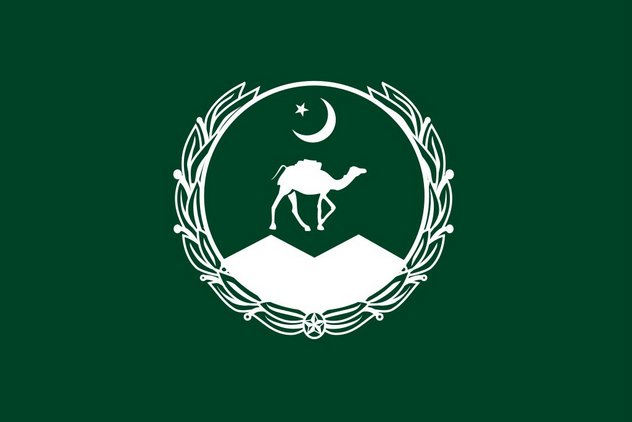
August 11, 1947 is an important day in the Baloch region, a vast province that makes up nearly 45 percent of Pakistan. It’s the day that Balochistan became an independent nation.
At least, that’s the story according to Baloch nationalists. They claim the British recognized the territory as a state just before leaving, only for Pakistan to illegally annex it less than a year later. On the other side, Pakistan claims the four provinces making up Balochistan individually agreed to join their country. Whatever the historical truth is, there’s no doubting that relations between modern Balochistan and its rulers are strained. Following the rape of a local girl by a Pakistani army captain in 2005, the province exploded into unrest that has gripped it ever since.
At the time of writing, the wannabe nation is under de facto military control, but its government in exile continues to push for either full independence from Pakistan or at least full autonomy. Although most Balochs view Islamabad with suspicion and want to break away, it seems unlikely they will ever achieve this aim.
8Northern Epirus
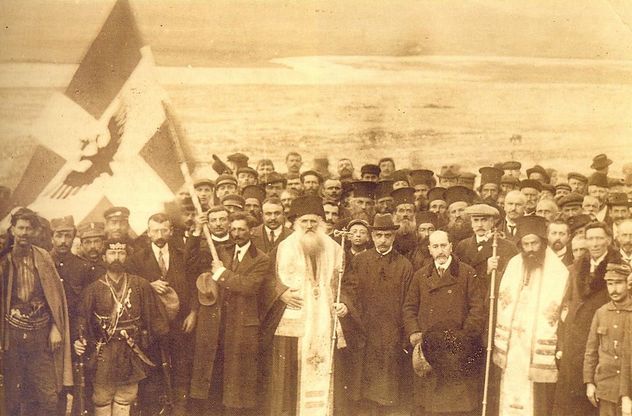
In 2008, Kosovo declared independence from Serbia and, with the support of Albania, set up its own functioning government. The move outraged Belgrade for a number of reasons, one of which may have been Albania’s hypocrisy. Despite backing Kosovo’s move to statehood, Albania has long ignored the wannabe state in its own south: Northern Epirus.
An enclave of 40,000 ethnic Greeks living in Albania, the province has endured uneasy relations with Tirana for decades. Between 1946 and 1986, Greece and Albania were technically in a state of war over its status. As late as 2013, Albania’s foreign minister was complaining that Greece had yet to abolish a law relating to the province that left the two countries in a state of frozen conflict.
Although the goal of Greeks living in Northern Epirus is to become part of Greece, the province already functions as a kind of autonomous state. During the Communist years, the Albanian dictator Enver Hoxha gifted the community control of 99 villages in the area. Today, Greeks in the region claim this means they’re now discriminated against by Tirana.
7Abkhazia

What makes a nation? Abkhazia has a distinct ethnic population, borders based on historical boundaries, its own military, a functioning government, a national bank, its own passports, and recognition from at least four UN member nations (Russia, Nicaragua, Venezuela, and Nauru). Yet, to over 90 percent of the world, it remains a province of Georgia, the country it broke away from in a devastating 1992–1993 war.
Historically, Abkhazia is as much an independent nation as somewhere like Wales. Between the ninth century and 1008 AD, it operated as a sovereign kingdom, before being subsumed into Georgia and then into Russia. When the USSR collapsed, the people of Abkhazia declared a return to their medieval borders, sparking off a ferocious war with Georgia. As a result of large-scale ethnic cleansing, most Georgians have now fled the province, while most Abkhazians have fled Georgia. Since 1999, it has claimed itself an independent state.
That it hasn’t garnered greater recognition may be due to Russia’s involvement. Since the early 2000s, Russia has been using Abkhazia as a way of irritating its enemy Georgia. Putin even used the wannabe state to open up a new front against Tbilisi in the 2008 Russia-Georgia war. Speaking of which . . .
6South Ossetia
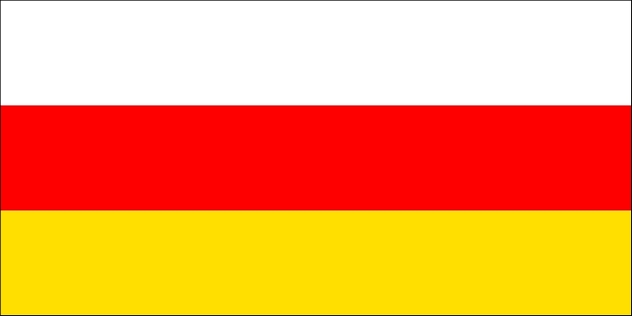
A tiny stretch of land in the north of Georgia, South Ossetia is barely 4,000 square kilometers (1,500 mi2) of rugged, windswept, mountainous terrain that houses a mere 50,000 people. Yet its citizens believe their territory constitutes an independent nation. They have their own distinct language and are ethnically closer to Russia’s Ossetians than to their fellow Georgians. Like Abkhazia, they also responded to the breakup of the USSR by declaring independence.
This time, however, the war wasn’t so conclusive. At its end in 1992, South Ossetia was still an uneasy part of Georgia, only now patrolled by peacekeepers from both countries plus Russia. For the next 14 years, the war’s resentments simmered away, until a referendum on autonomy brought them boiling over in 2006. A mere two years later, Georgia sent the tanks in to bring its restive province to heel, only to be chased away when Russia invaded.
Since then, South Ossetia has been de facto independent, with its own government. This state of affairs probably won’t last long. In October 2015, president Leonid Tibilov declared his intention to make the territory a formal part of Russia.
5Barotseland
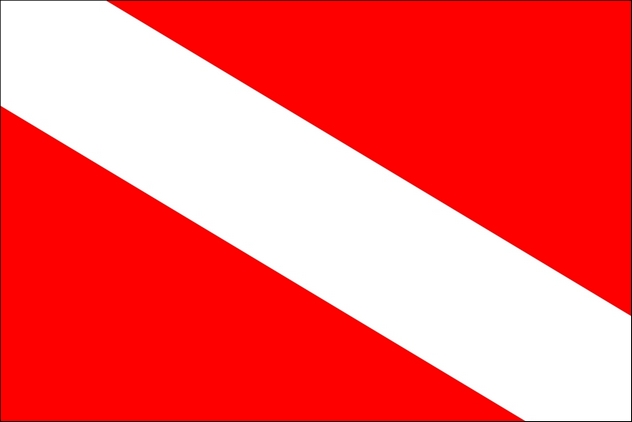
A stretch of central African floodplain roughly the size of England, Barotseland considers itself the world’s youngest nation state. In March 2012, the Barotse National Council decided to unilaterally declare independence from Zambia over a promise broken nearly 50 years earlier.
According to the Barotseland royal household, its 1964 treaty to join Zambia was supposed to give the kingdom complete autonomy within the country. Up until that point, the region had been an independent nation, recognized as such by the colonial British administration. However, the moment the treaty was signed, Zambia incorporated Barotseland fully, rendering it little more than a regular province with no special status. In the decades since, attempts to agitate for independence have been broken up with beatings and bullets.
This is particularly galling, as Barotseland was once the heart of an empire that stretched from Angola to Namibia and up into the modern Democratic Republic of the Congo, as well as controlling most of Zambia. Although the current royal household only wants a small strip of 126,000 square kilometers (50,000 mi2) returned to it (the whole western province), the government in Lusaka has chosen to ignore its pleas entirely.
4Chinland
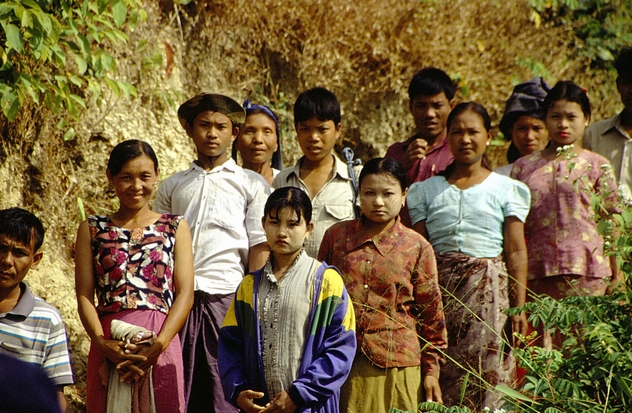
Comprising the western edge of Myanmar along the border with India and Bangladesh, Chinland is home to around 1.5 million people and more tribes than you can shake a proverbial stick at. There are at least six major ethnic groups in the region, subdivided into 63 tribes that speak around 20 languages. The one thing they all have in common is their historical grievance against Myanmar.
Prior to the 18th century, Chinland’s borders encompassed large tracts of both Myanmar and Bangladesh, along with a chunk of northeastern India. Then the British arrived and conquered everything. Not only did they screw up Chinland’s present, they screwed up its future. When the empire pulled out of the subcontinent in the late 1940s, it left the fledgling nation at the mercy of its bigger neighbors. In no time at all, Chinland was swallowed up by what was then called Burma.
Since then, Chin nationalists have agitated for either a separate state or for Myanmar to become a full federation, granting them exclusive rights. With the government in Naypyidaw currently going through a once-in-a-lifetime upheaval, it’s impossible to say whether their wish might soon be granted.
3Degar
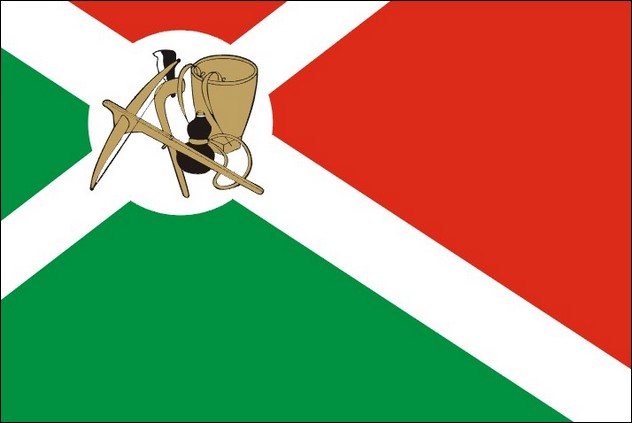
Like many others on this list, the Degar were screwed over by the collapse of colonialism. A Christian people based in the central mountains of Vietnam, they had long been persecuted for their religion. That changed with the arrival of the French, who knew them as the Montagnard. The Degar formed an alliance with their colonizers and in return were rewarded with a state of their own.
Drawn up in 1946, the Pays Montagnard du Sud would be ruled by an emperor and be separate from the rest of Vietnam. For a few years, this seemed on the verge of becoming a reality. Then 1954 came, and the French abruptly decided to abandon their ambitions in the region. Before the Degar state could be established, they’d pulled out, leaving a vacuum in their wake.
With the French gone, the Degar allied themselves with US special forces in the region. Soon, they controlled their own bases in the kingdom’s proposed territory, in return for fighting against the Viet Cong. Again, they had hopes of formalizing their nation. Again, history intervened.
After the Vietnam War ended in a Communist victory, the Degar lost everything. Many fled to the US or Cambodia. Today, they consider themselves a repressed minority in Vietnam, still trying to regain the state that history cruelly denied them.
2Nagorno-Karabakh Republic
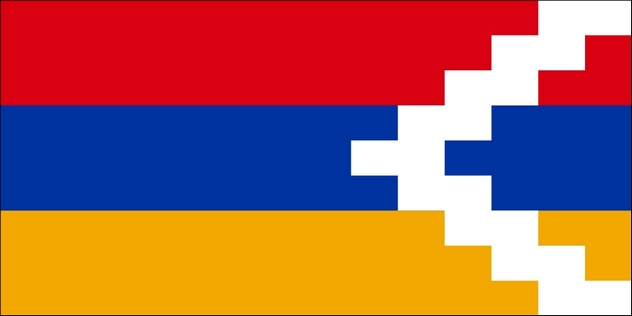
Nagorno-Karabakh is another post-Soviet state frozen in time. Known by its inhabitants as Artsakh, it has its own government, constitution, and military. Yet not a single other country recognizes it, not even Russia. Instead, the world considers it a part of Azerbaijan, the country it fought a brutal war of independence against in 1991–1994.
Part of this may be to do with geography. Nagorno-Karabakh is completely surrounded by Azerbaijan. Trapped up in the mountains and barely bigger than South Ossetia, it’s one of the most awkwardly positioned wannabe countries on Earth. A single corridor of occupied Azeri land connects it to Armenia—with whose people its citizens share ethnic roots—like a narrow umbilical cord. The likelihood of Armenia and Azerbaijan coming to an agreement over Nagorno-Karabakh’s status is unlikely. A shocking level of ethnic cleansing on both sides took place during the post-Soviet war, and fighting still claims dozens of lives each year.
1The Sovereign Military Order Of Malta
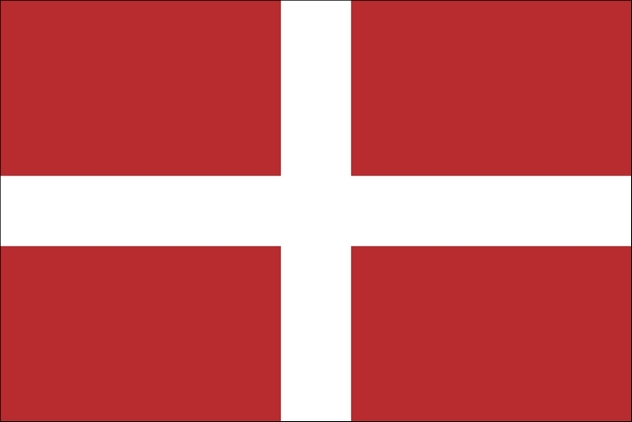
Unlike nearly every other hidden nation on this list, the Sovereign Military Order of Malta is recognized across the world. It has bilateral relations with 105 countries and diplomatic relations with another six (plus Palestine). It has a permanent observer status at the UN, and its passports are accepted in many of the world’s major nations. Yet it has literally no territory. Not only that, it doesn’t even lay claim to any.
This curious existence is down to the Order’s extremely long history. A group of Catholic knights that was founded in the 11th century, it once occupied and owned the island of Malta. Then, in 1798, Napoleon came to visit. Kicked off its homeland, the Order relocated to Italy, where Catholic nations continued to recognize it as a legitimate nation. Somehow, this state of affairs lasted the next 217 years.
Today, the Order has control over just two buildings in Rome. It has no stated wish to reclaim the island of Malta, and its 13,500 members mainly involve themselves in humanitarian work. Yet to over half the world’s countries, including most of the EU and Canada, it remains a functioning state, accorded the same privileges as many nations.
